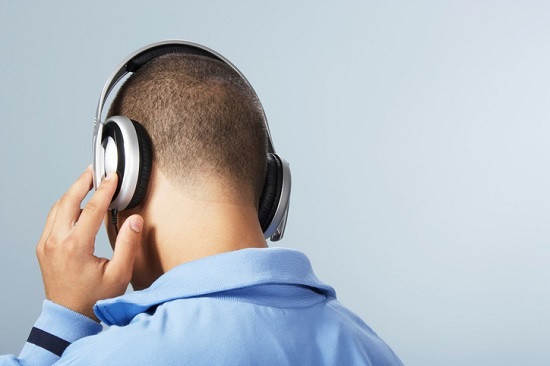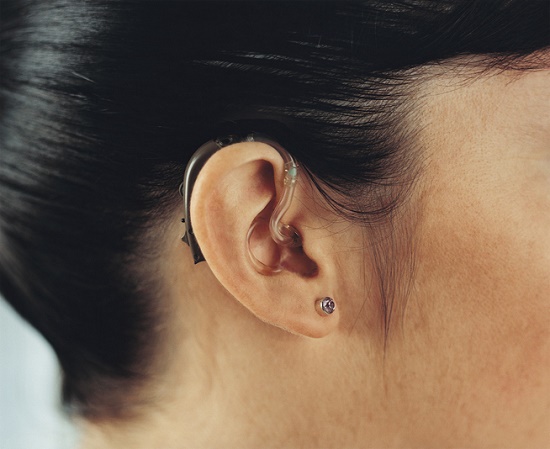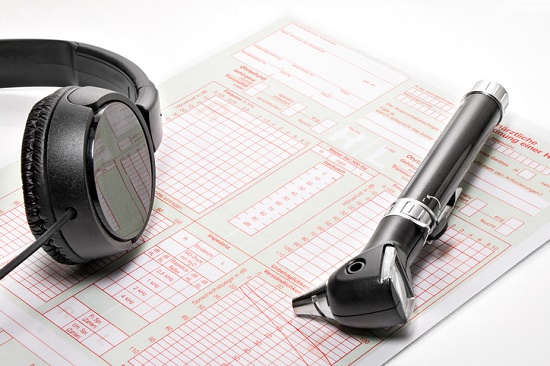The Best Sounds for Getting More Done at Work

We’ve all been told the routine advice on raising productivity at work: don’t multi-task, minimize interruptions, say no to meetings, establish self-imposed deadlines, etc.
But what about the manipulation of background sound? Can boosting work productivity really be as simple as playing particular types of music or sounds?
It turns out that both music and nature sounds have been found to have beneficial effects at work.
Let’s start with nature sounds.
Nature Sounds
The Acoustical Society of America presented findings showing that workers can get more done and feel more positive at work when nature sounds are playing in the background.
The study consisted of three sessions in the same room, where researchers had participants complete tests while listening to a variety of soundscapes. Each session had a unique type of sound playing in the background, as follows:
- First session: office sounds muffled by white noise
- Second session: office sounds muffled by nature sounds
- Third session: office sounds with no masking noise
The final results? The employees performed better on the tests when listening to nature sounds and also felt more positive about the setting and the job.
The nature sounds were also greatly preferred over the white noise even though white noise presented a comparable masking effect.
Here’s a playlist of comforting nature sounds for you to try out yourself.
Music
If you’re not into nature sounds, research from the University of Windsor demonstrates that listening to music can have similar beneficial impacts on work productivity.
They found that listening to music on the job improves mood and lessens anxiety, which creates an emotional state conducive to enhanced creative problem solving.
Participants that listened to music reported better moods, produced higher quality work, and devoted less time on each task.
Granted, the study was limited to information technology specialists, but there’s reason to think the effect is more widespread.
What style of music was revealed to have the greatest effect? It turns out that the genre is less important than the positive emotional response it evokes in the listener.
Which means the difference between classical music and heavy metal is insignificant provided that the music improves your mood.
Did you know that several hearing aid models allow you to stream music directly to the hearing aids from your smartphone or music player?
If you have hearing loss, or are considering an upgrade, ask us about the latest technology you could use to start enhancing productivity at work.









